Nose Taping Secrets: What Works, What Doesn’t
Facial Plastic Surgery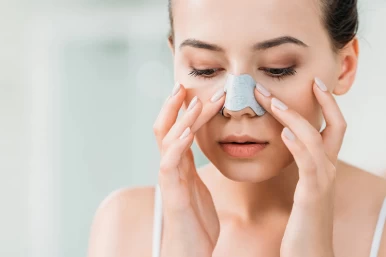
After undergoing rhinoplasty surgery, it is common for surgeons to incorporate taping the nose into the post-operative care routine. Taping the nose serves several purposes, including supporting the newly reshaped nose, minimizing swelling by applying gentle pressure to the tissues, and reducing the appearance of scars by keeping the incisions closed and protected.
Understanding how to perform nose taping after rhinoplasty and the optimal duration, often questioned as "how long to tape nose after rhinoplasty," is crucial. This article provides insights into the benefits of nose taping and addresses common queries related to nose taping after rhinoplasty.
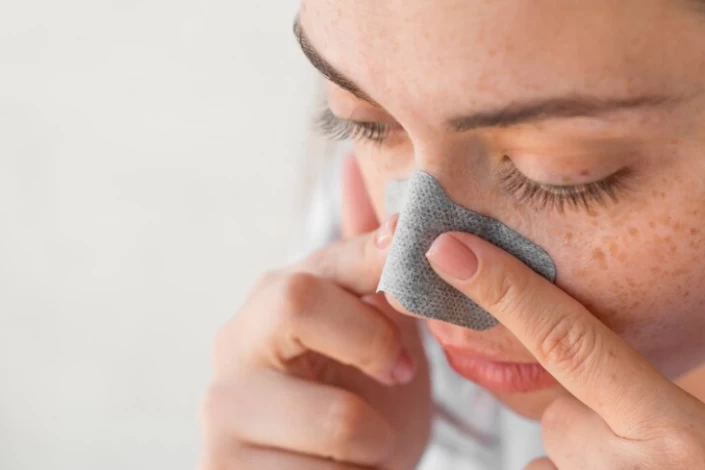
How to Put Tape on the Nose After Nose Job?
As every patient's post-operative care instructions may vary, following the surgeon's specific guidelines on taping the nose after rhinoplasty is crucial. For some patients, the taping can begin either from the bridge of the nose or the tip, depending on the surgeon's preference and nose type. Here are general steps on how to tape the nose after a nose job:
- Make sure the skin around the nose is clean and dry before applying the tape;
- Use a medical-grade tape. Cut it into small strips or pieces that will cover the desired areas of the nose;
- Gently apply the tape to the nose, following the surgeon's instructions. The tape should be applied in a way that supports and stabilizes the nasal bones and maintains their new position;
- Make sure the nose taping after rhinoplasty is firmly secured to the skin but not too tight to cause discomfort or restrict blood flow;
- Replace the tape regularly, usually every few days or as instructed.
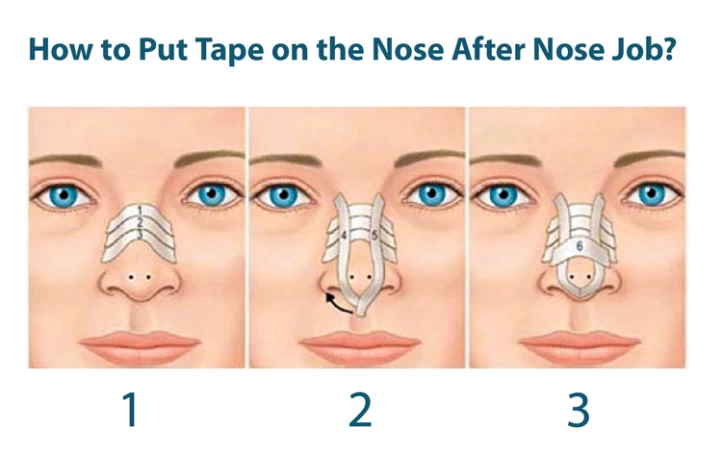
What Are the Advantages of Taping the Nose After Rhinoplasty?
Taping nose after rhinoplasty has several advantages, including:
- Supporting and stabilizing the nasal bones, which have been repositioned during the surgery - that can help maintain the new shape and structure of the nose;
- Reducing post-operative swelling by providing gentle compression to the tissues. This can lead to a faster recovery and a more refined final result;
- Preventing the accumulation of possible fluid or blood under the skin;
- Keeping the tissues in place can promote proper healing and reduce the risk of complications;
- Improving scar healing by minimizing tension on the incision sites. It can flatten and soften scars, resulting in a more aesthetically pleasing outcome;
- Providing a layer of protection for the surgical site, preventing accidental bumps or trauma;
- Providing a sense of comfort and security during the initial healing phase.
Is it Necessary to Tape the Nose After Rhinoplasty?
Nose taping after rhinoplasty is a common practice among surgeons. However, it is not always necessary, and its effectiveness may vary from person to person.
When applying nose taping, factors like the patient's nose type and skin thickness can be considered. Thicker skin can make it harder for the nasal bones and cartilage to maintain proper alignment during healing; therefore, taping can help support and prevent deviations or asymmetry.
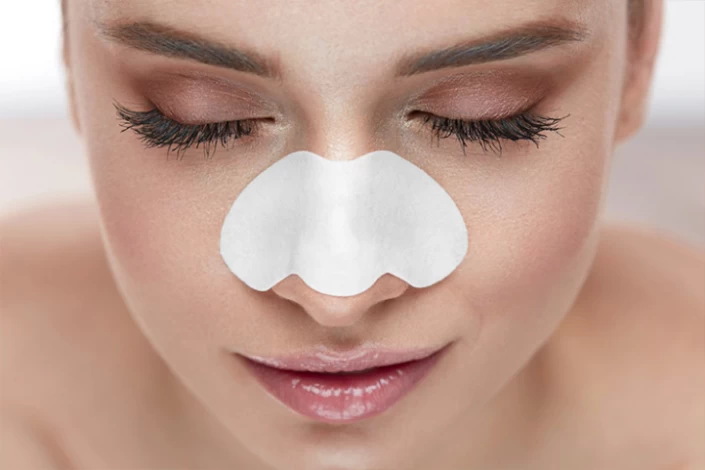
How Long Should Patients Apply Nose Tape After Rhinoplasty?
The duration of nose taping after rhinoplasty can vary depending on the surgeon's recommendation and the individual patient's healing process. Typically, patients are advised to tape their nose for about 1-2 weeks after surgery. However, it is recommended that patients follow their surgeon's specific instructions, as the surgeon may have different recommendations based on each patient's unique case.
What Happens If You Don't Tape Your Nose After Rhinoplasty?
If you don't tape your nose after rhinoplasty, it may affect the healing process and potentially lead to complications. Taping the nose after rhinoplasty helps to provide support and stability to the newly reshaped structures, keeping them in place and reducing swelling.
Without taping, the nasal tissues may be more prone to movement and displacement, which can ruin the final results of the surgery. Taping also helps minimize swelling and bruising after rhinoplasty by compressing the nasal tissues.
Additionally, not taping the nose may increase the risk of post-operative bleeding and infection. Taping helps to protect the incisions and keep them clean, reducing the chance of infection. It also helps to control bleeding by applying gentle pressure to the surgical site.
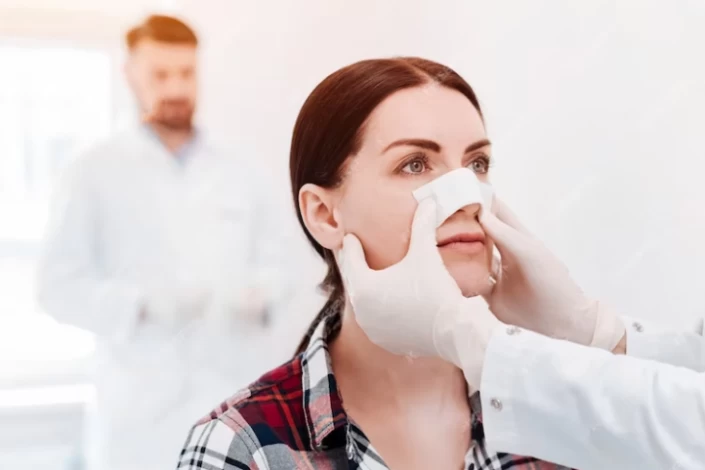
Will an Incorrectly Taped Nose After a Rhinoplasty Alter its Shape?
Improper nose taping following rhinoplasty can impact surgical outcomes. Understanding the nuances of incorrect taping, including loosening and tightening methods, is essential for optimal postoperative care.
Loosening of the Nasal Tape
Loosening the nasal tape, characterized by insufficient pressure, may compromise its effectiveness in reducing swelling. Proper training from a doctor and involving them in tape changes during initial sessions can ensure correct usage.
Tightening of the Nasal Tape
Excessive tightening of the nose tape can lead to visible wrinkles and temporary disproportion in the nose. Uneven application may cause unilateral swelling (nose asymmetry).
It's crucial to recognize that incorrect nose taping does not possess the capability to alter the nose's shape, focusing instead on temporary swelling reduction.
Taping The Nose During Nighttime
Wearing nose tapes during the night is a crucial aspect of post-operative care, aiming to prevent swelling and maintain control over the size of the nose. The recommendation to use nose tapes during nighttime is rooted in the understanding that the entire face tends to become puffier and more swollen during sleep. By employing nose tapes throughout the night, individuals can effectively prevent this condition, promoting optimal healing and recovery. This practice plays a vital role in preserving the newly shaped nose and enhancing the overall outcomes of the rhinoplasty procedure.
Does Nose Taping Make the Nose Smaller?
Taping the nose after rhinoplasty does not change the size of the nose. After rhinoplasty surgery, it is a temporary technique to help shape and support the nose. This technique is typically used to aid in reducing swelling and maintaining the desired shape of the nose during the healing process. The actual size of the nose is determined by the underlying structure and anatomy, which is addressed during the surgical procedure.
What Are the Potential Effects of Long-term Use of Nose Tapes?
The long-term use of nose tapes beyond the initial healing period or taping the nose 6 months after rhinoplasty is generally unnecessary and may lead to potential effects.
One potential effect of long-term use of nose tapes is skin irritation or sensitivity. The adhesive used in the tapes can cause redness, itching, or even a rash on the skin.
The long-term use of nose tapes may also prevent the natural movement and flexibility of the nasal tissues. The nose needs to be able to move and adjust to facial expressions and other movements, and prolonged taping may restrict this movement. This can potentially affect the final aesthetic outcome of the surgery.
Additionally, long-term use of nose tapes may interfere with the natural healing process of the nasal tissues. The nose needs time to settle and heal independently; excessive support from tapes may hinder this process.
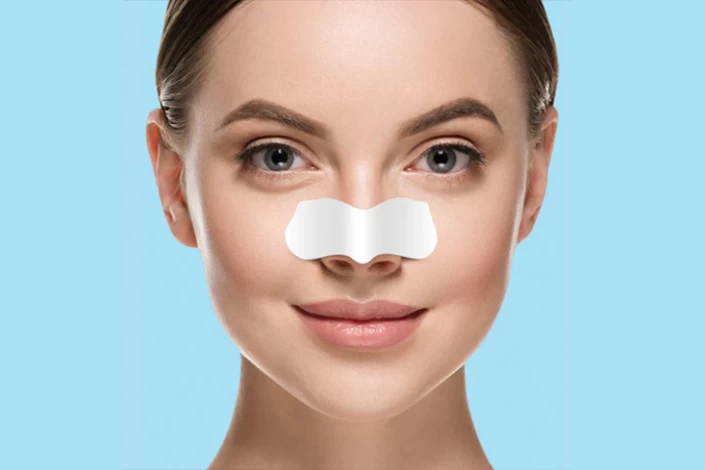
Comparing Tape and Splints After Rhinoplasty
The two most important nose treatments that need to be handled are septoplasty and rhinoplasty. Tape or splints are utilized to ensure the most effective recovery experience possible. In this section, we attempted to compare these two procedures:
In rhinoplasty, which combines aesthetic and functional aspects, surgeons strategically utilize internal and external splints. These are carefully placed within and outside the nose to stabilize the newly shaped structures, preventing alterations during the initial healing period and minimizing the risk of hematomas. On the other hand, septoplasty focuses on correcting the nasal septum, requiring the insertion of internal splints. Surgeons carefully position these splints to maintain the corrected alignment of the septum.
Rhinoplasty, by enhancing both the aesthetics and functionality of the nose, employs internal and external splints. In contrast, Septoplasty addresses the correction of the nasal septum, requiring internal splints. Post-surgery, alterations in the shape and size of the septum, nose, or nostrils occur. Nasal splints are crucial in safeguarding the newly formed nasal structure, preventing bone movement during the adjustment period. This ensures the preservation of the nose's shape and mitigates the risk of hematomas, preventing their enlargement. Internal splints also separate the skin and bones, eliminating space for potential hematomas. While there are no strict guidelines regarding nasal splint usage in rhinoplasty after-care, incorporating saline nasal spray aids in a smoother recovery, preventing crust formation. Caution and gentleness are advised until a post-surgery visit to the doctor to remove nasal splints.
Why Iran for Nose Job Surgery?
Iran has gained a reputation for having highly skilled and experienced plastic surgeons, particularly in rhinoplasty. Many Iranian surgeons are internationally recognized for their expertise and have extensive training in performing nose surgeries. Also, the rhinoplasty cost in Iran is relatively lower than in other countries.
In Iranian culture, physical appearance is often highly valued, and many individuals strive to improve their beauty through cosmetic procedures. Therefore, the demand for rhinoplasty in Iran is high, leading to more experienced surgeons and advanced techniques.
Conclusion
Tapping the nose after rhinoplasty can provide several benefits. It helps reduce swelling and bruising, promotes proper healing, and ensures the nasal tissues remain in their desired position. However, following the surgeon's instructions is crucial because improper tapping can harm the surgical outcome and cause a bad nose job.
If you have any questions about nose jobs in Iran, you can schedule an online consultation with our rhinoplasty experts at Raadina Health. We can arrange your medical trip to Iran and help you from A to Z with your nose job surgery.
FAQ About Nose Taping After Rhinoplasty
Do you have to tape your nose after rhinoplasty when flying?
Taping during air travel isn’t strictly required, but some surgeons recommend it to minimize swelling caused by cabin pressure changes. It provides gentle support and can make you feel more comfortable during the flight.
Does nose taping work without surgery?
No, taping alone cannot permanently reshape your nose. It only helps manage swelling after rhinoplasty. Permanent structural changes require surgical or non-surgical cosmetic procedures.
Can I take a shower with a nose tape or splint?
It’s best to avoid getting your tape or splint wet in the first week. Moisture can loosen the adhesive and reduce its effectiveness. Use a damp cloth to clean your face until your surgeon clears you for full showers.
Does taping the nose after rhinoplasty incorrectly change the shape of the nose?
Incorrect taping will not change the bone or cartilage structure, but it can cause uneven pressure, skin irritation, or prolong swelling. Always follow your surgeon’s taping technique.
How tight should I tape my nose after rhinoplasty?
The tape should be snug but never tight enough to restrict breathing or cause discomfort. Too much pressure can damage healing tissues.
Is it necessary to continue taping the nose 6 months after rhinoplasty?
No, most patients only need taping for 1–2 months. By 6 months, swelling is usually minimal, and taping provides little to no benefit.
How often should I tape my nose after rhinoplasty?
Many surgeons recommend taping nightly for the first 4–8 weeks, depending on your healing progress. Always confirm the exact duration with your doctor.


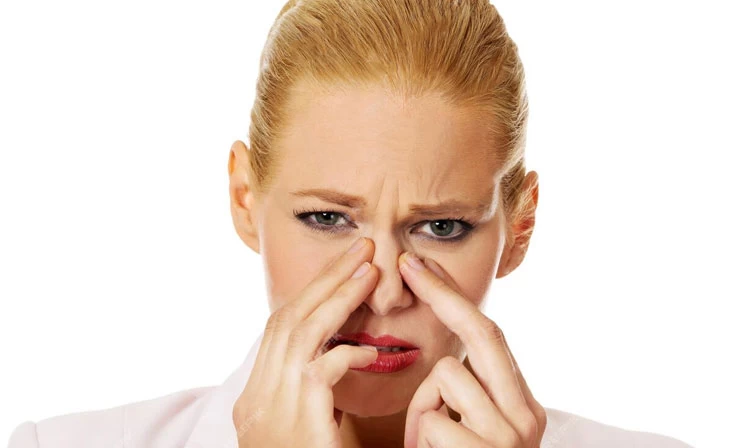
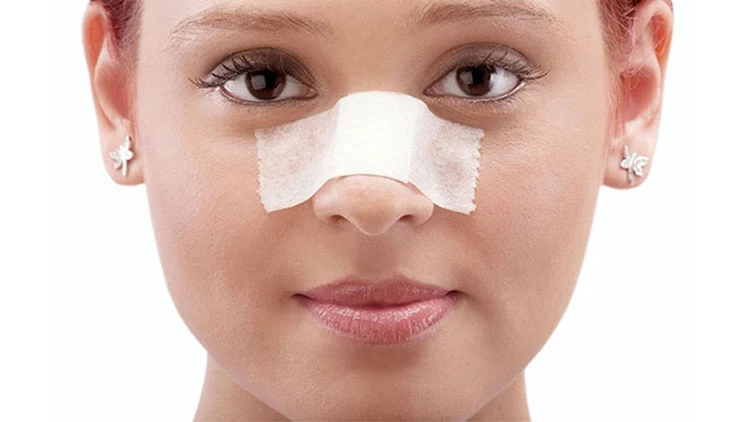
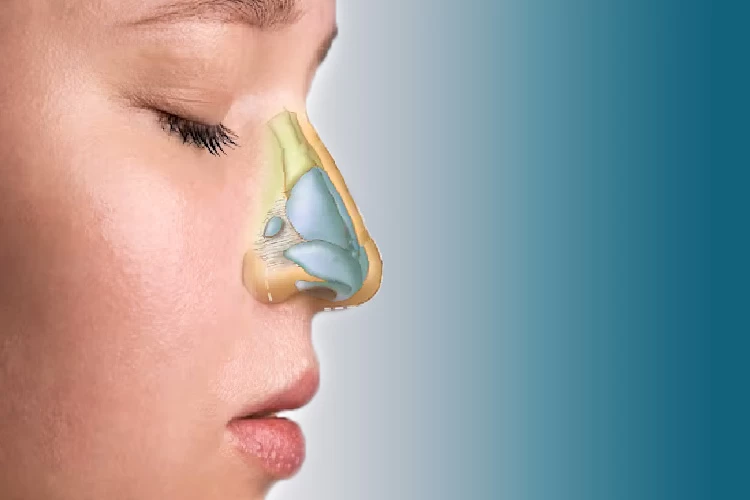




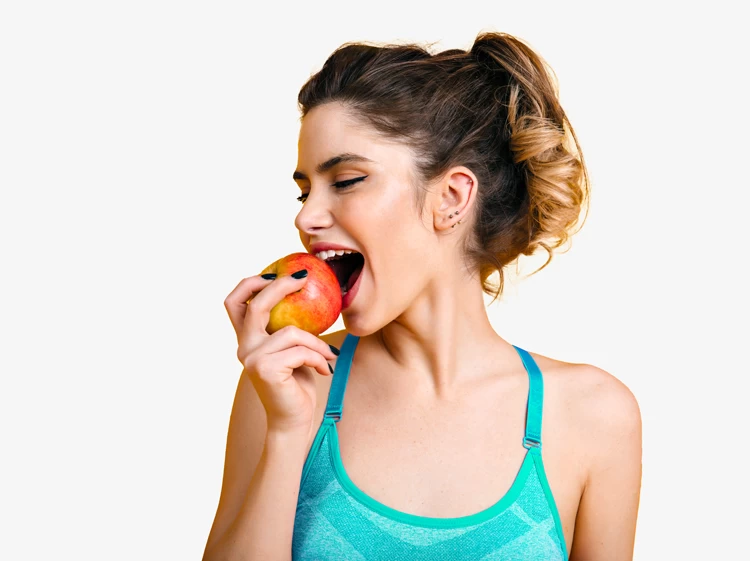
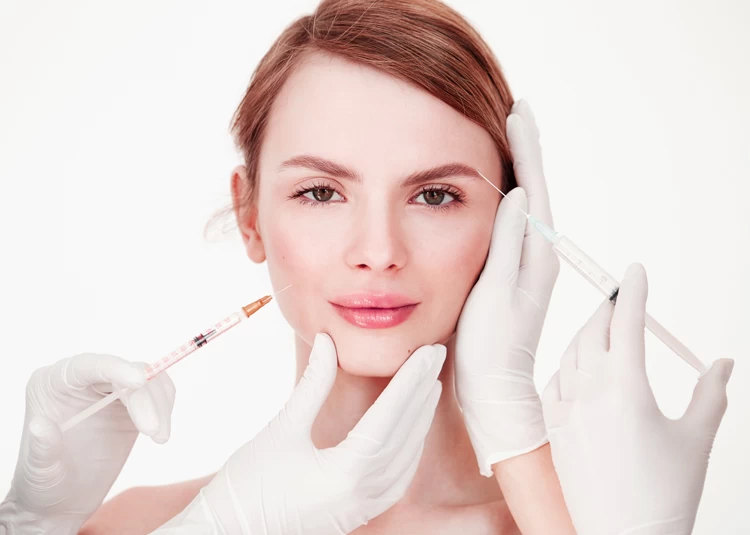
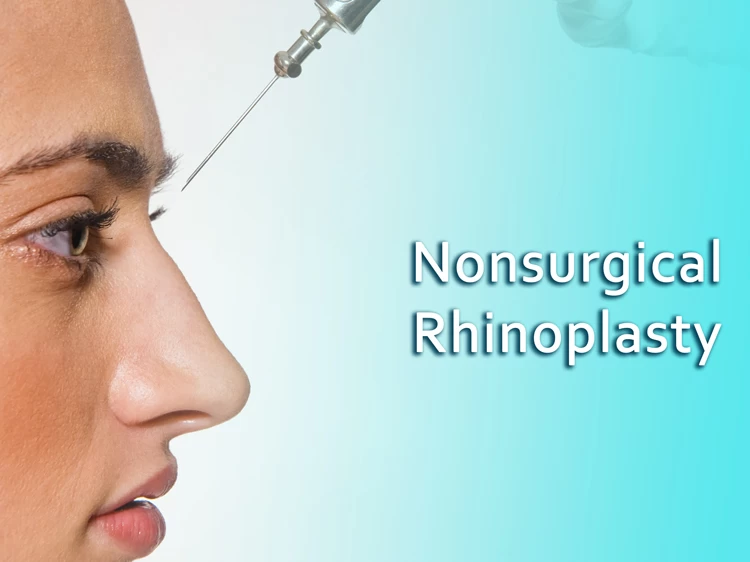
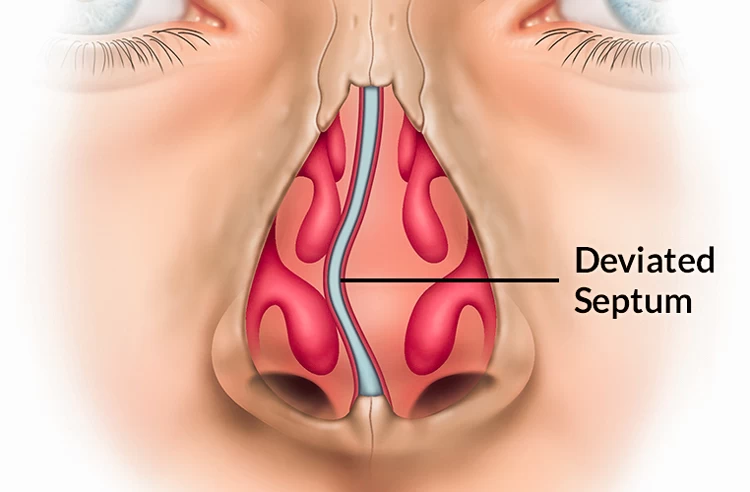

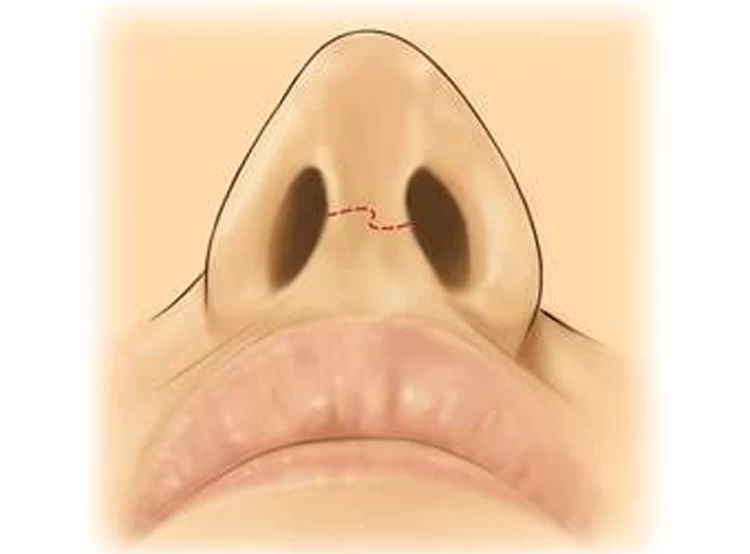
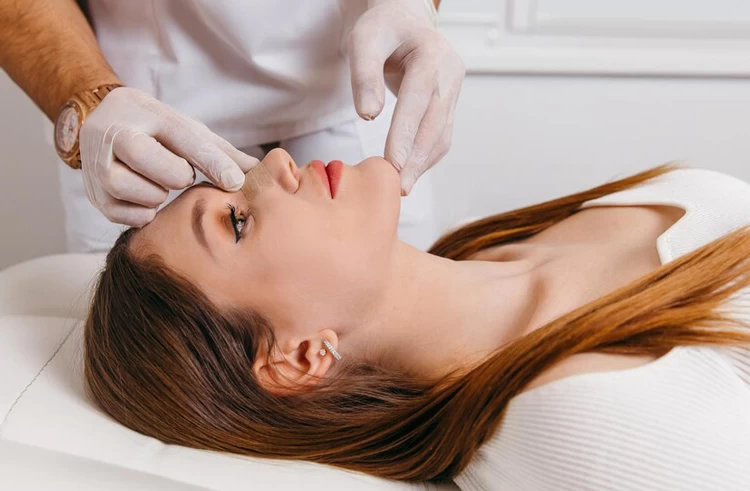

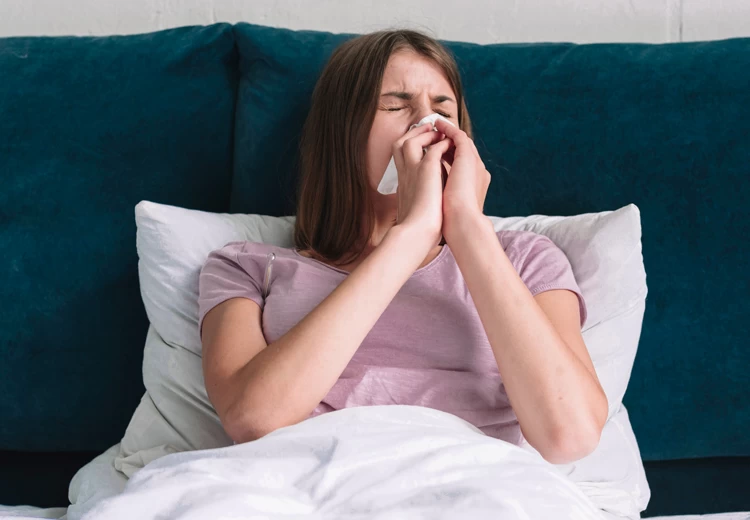
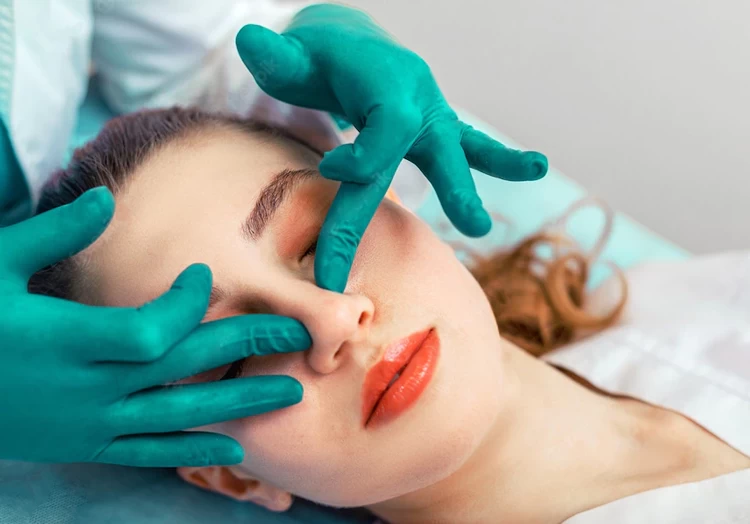
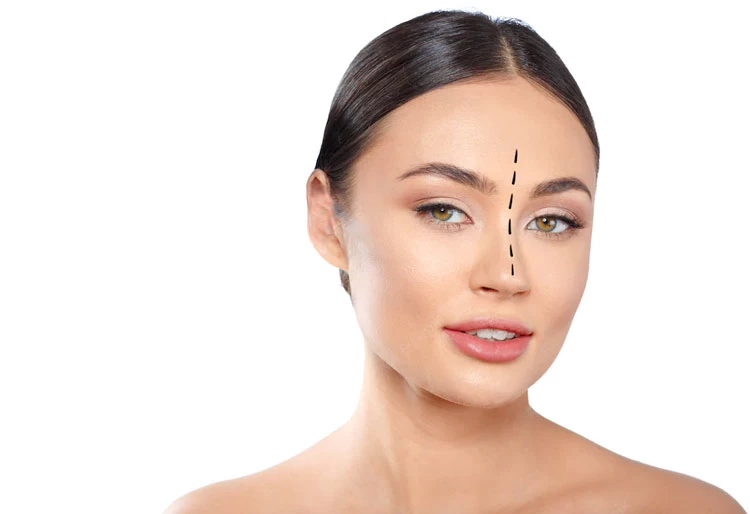


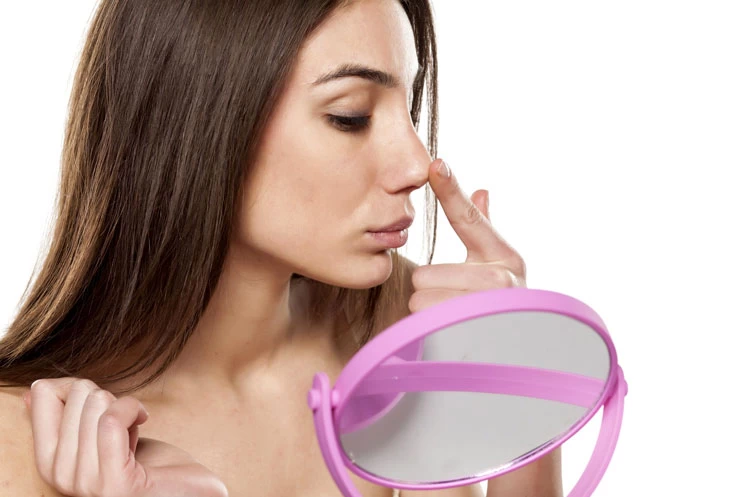
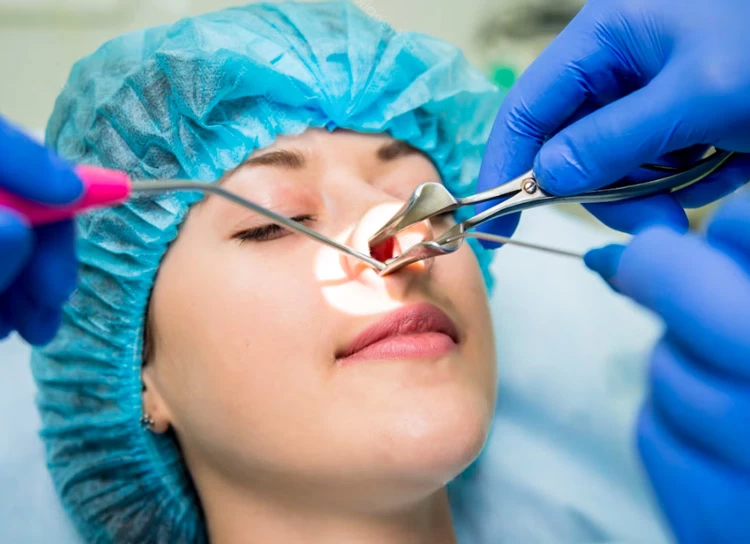
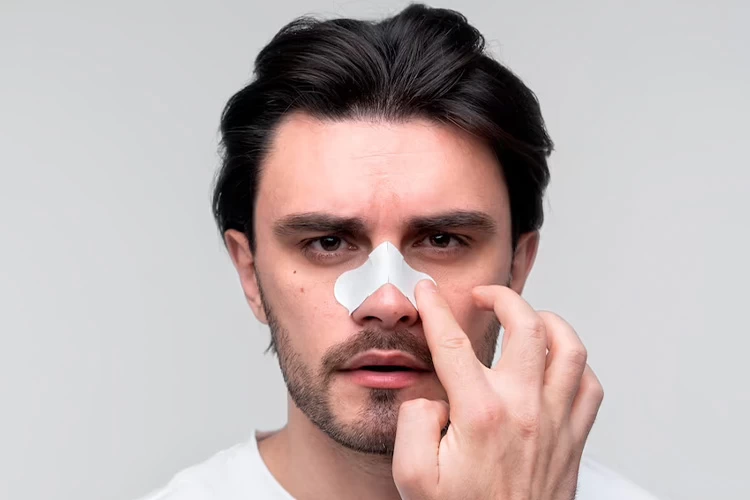
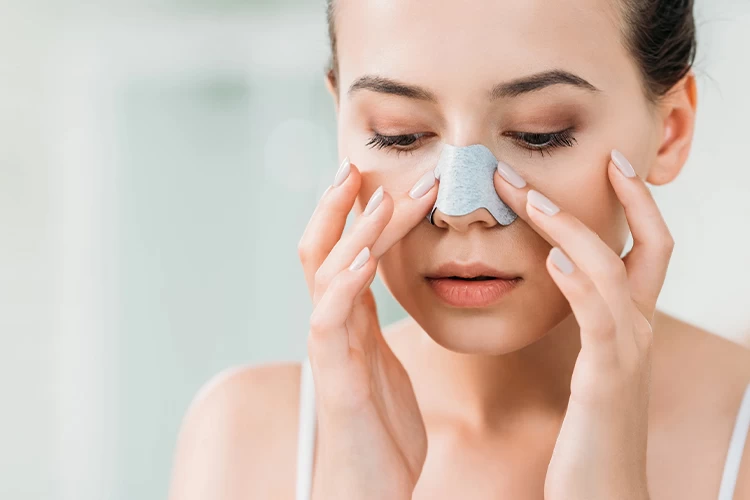




No reviews
Your comment